Why visit Novo mesto? Discover its sights and natural beauty
Situated along the banks of the winding Krka River, Novo mesto is a mesmerizing blend of history, culture, and natural beauty. Known as the heart of Dolenjska, this city offers visitors a rich architectural heritage, excellent cuisine, and the opportunity to explore picturesque hills covered in vineyards.
Whether you’re a history buff, an active vacationer, or simply want to experience the authentic atmosphere of southern Slovenia, this destination is worth a visit. Here’s why!
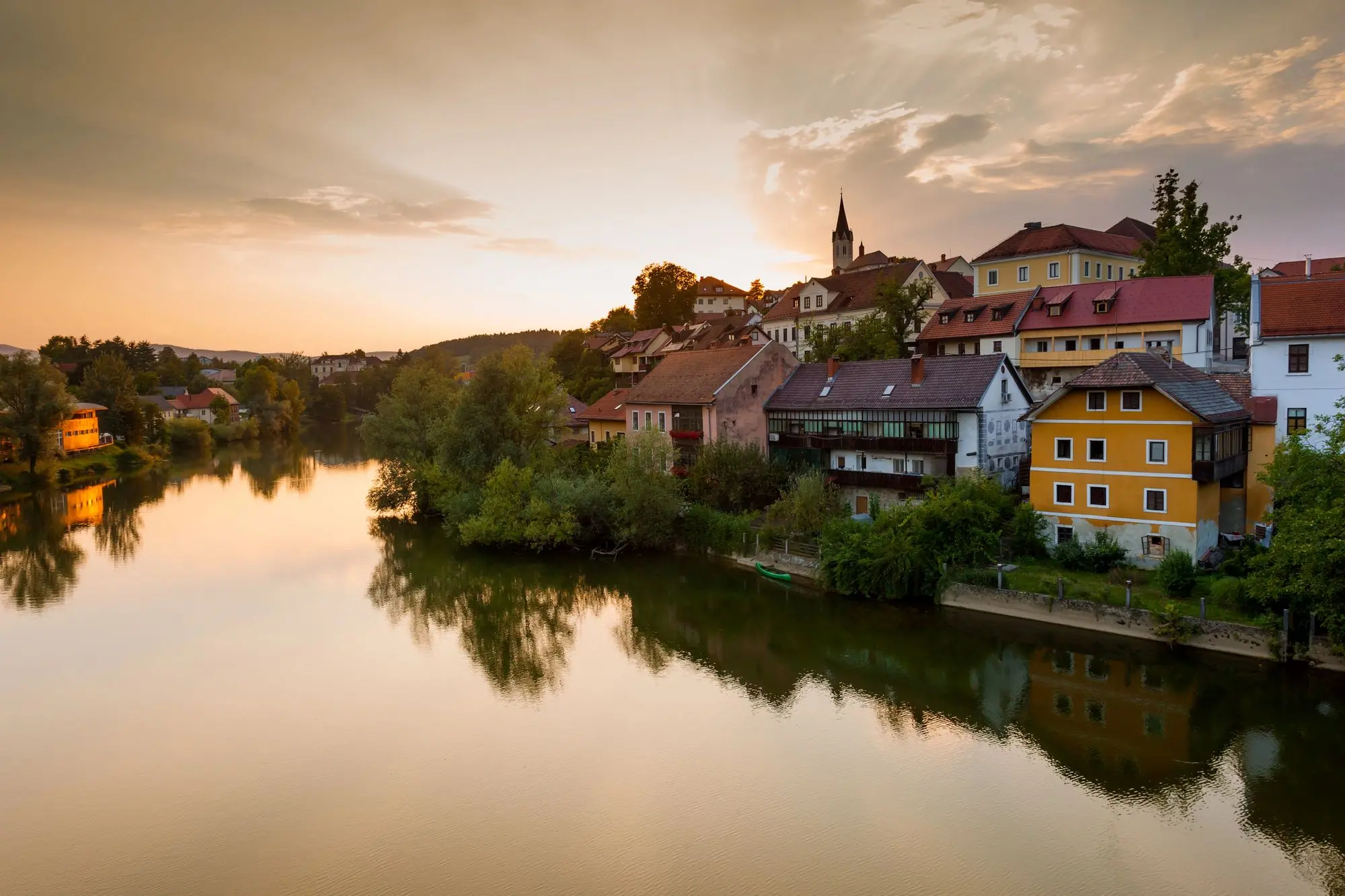
Novo mesto, Photo: RP_images, Depositphotos
This city has a long and rich history, and traces of settlement date back to prehistoric times. Archaeological findings from the Hallstatt culture confirm that people have lived here for thousands of years, leaving behind valuable artifacts, especially the situlas – decorated bronze vessels that gave the city the nickname “City of Situlas”.
However, Novo mesto officially came into being on April 7, 1365, when the Austrian Archduke Rudolf IV. granted it city rights and named it Rudolfswerth. Over the following centuries, the city went through turbulent periods – in the 15th century it became an important military fortress on the border with the Ottoman Empire, and later suffered fires and epidemics, such as the plague of 1599. Despite these challenges, the city recovered and continued to strengthen its role in the region.
Already in the 18th century, the city became a cultural and educational center. The founding of the gymnasium in 1746, under the leadership of the Franciscans, marked the beginning of formal education that continues to this day, and this gymnasium is the oldest such institution in Slovenia.
With the rise of industry in the 19th and 20th centuries, Novo mesto experienced a new development boom. The construction of a hydroelectric power plant and the expansion of the textile, automotive, and pharmaceutical industries solidified its economic importance, transforming it into the dynamic urban center we know today.
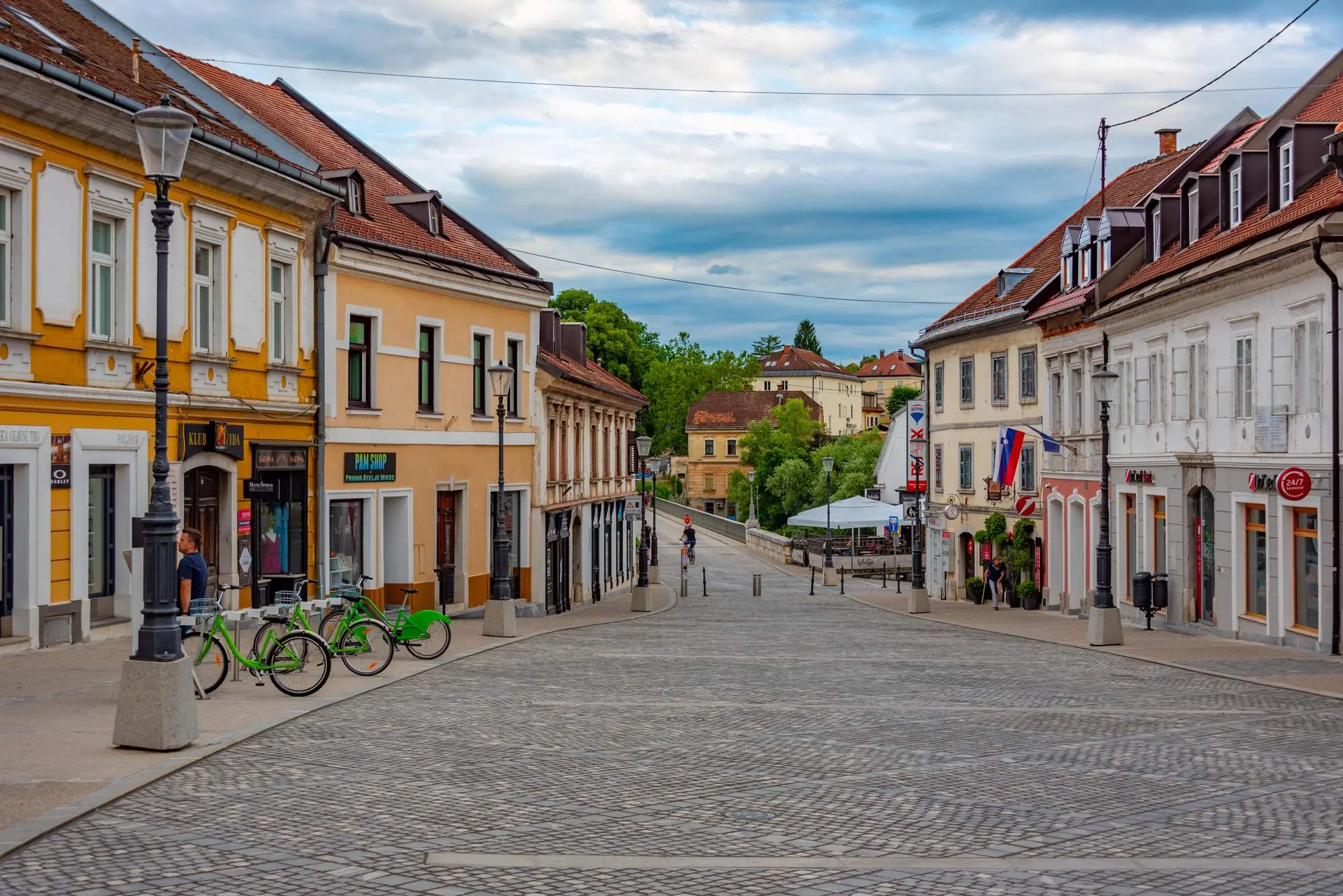
Novo mesto, Photo: Dudlajzov, Depositphotos
Today, Novo mesto is the administrative, economic, religious, cultural, educational, medical, and sports center of southeastern Slovenia. The city boasts a strong economy thanks to successful companies such as a pharmaceutical company, the automotive industry, and the production of caravans and mobile homes. Due to its significant exports, the city is often called the “export capital of Slovenia”.
However, despite its strong industrial development, the city has not lost its cultural identity. On the contrary, Novo mesto offers a rich cultural scene with numerous events, festivals, and exhibitions throughout the year, and its historic center tells the story of centuries of tradition, art, and architecture.
It is through these landmarks that one can best feel the spirit of the city and its rich past.
One of the symbols of the city is the Cathedral of St. Nicholas, located on a hill above the Krka River. This impressive building combines Gothic and Baroque elements, and its interior is adorned with a masterpiece by the Venetian master Tintoretto – the altar painting The Vision of St. Nicholas. In the heart of the city is the Franciscan Church and Monastery, a spiritual and cultural center since 1469. The monastery hides one of the oldest libraries in Novo mesto, while its Baroque architecture testifies to the long history and importance of this place.
In addition to sacred buildings, the city can also boast interesting bridges. The most famous among them is the Kandija bridge, a curved iron bridge from 1898, which connects the old city center with the historic suburb of Kandija. Its imposing structure, 75 meters long, makes it one of the most impressive bridges in Slovenia.
For those who want to explore the history of the region in more depth, the Dolenjski Museum is an unmissable destination. This museum, founded in 1950, offers rich collections of archaeological, ethnological, and historical artifacts, providing insight into the fascinating past of Dolenjska and Novo Mesto itself.
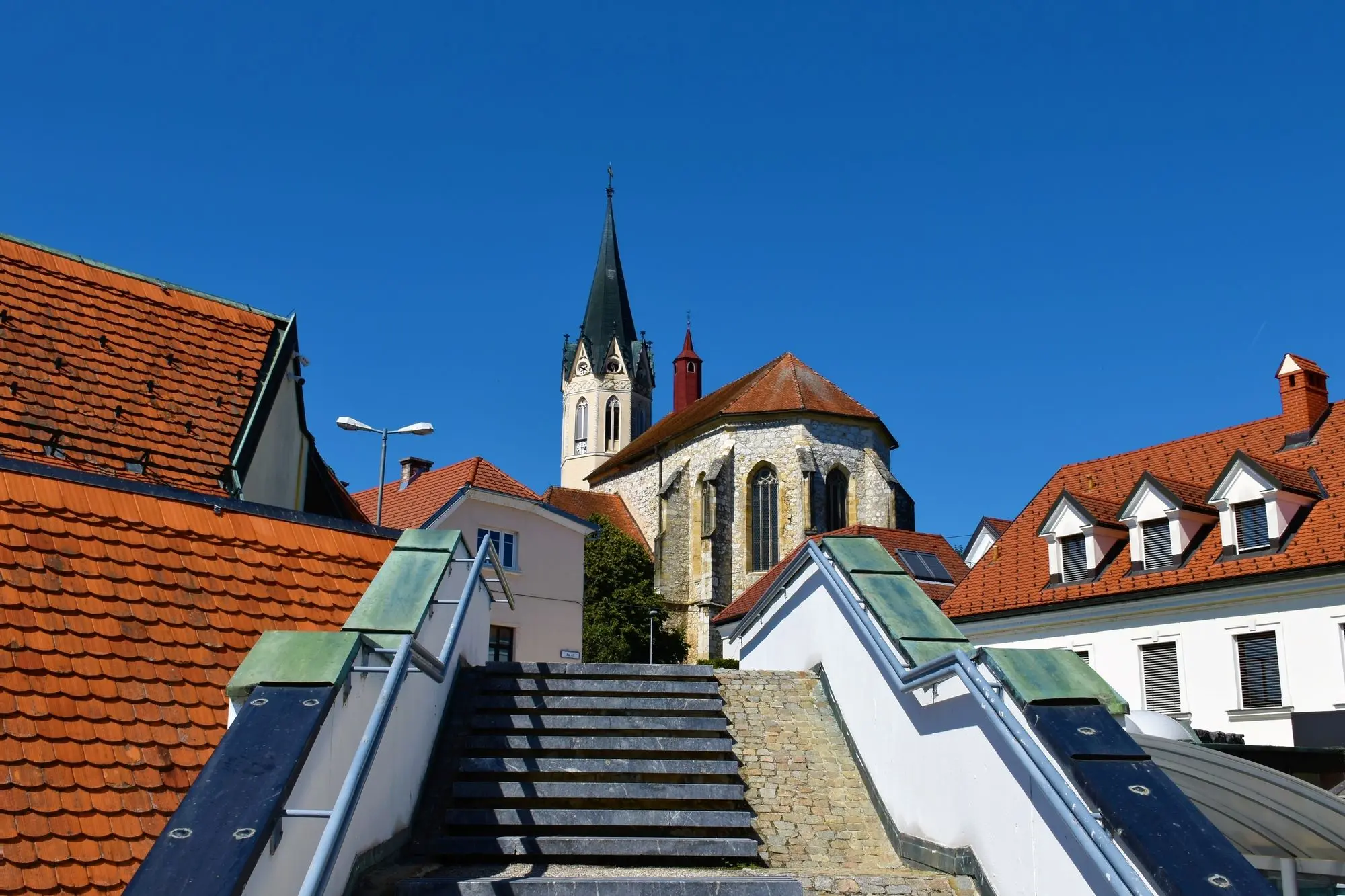
St. Nicholas Cathedral Photo: kato08 Depositphotos
Novo mesto is not only a town of impressive architecture, but also a starting point for exploring the nearby castles, which tell stories of nobility and life in past centuries.
The most famous is Otočec Castle, the only “water castle” in Slovenia, located on a small island in the middle of the Krka River. This 13th-century fortress has now been converted into a luxury hotel, a member of the prestigious Relais & Châteaux group. Surrounded by an idyllic park and a golf course, Otočec provides an ideal place to relax and enjoy nature.
Another interesting historical site is the Stari grad castle, also known as Grm castle, which is located on a hill above the town. Although it is now in ruins, the castle is a popular excursion destination offering spectacular panoramic views of the town and its surroundings.
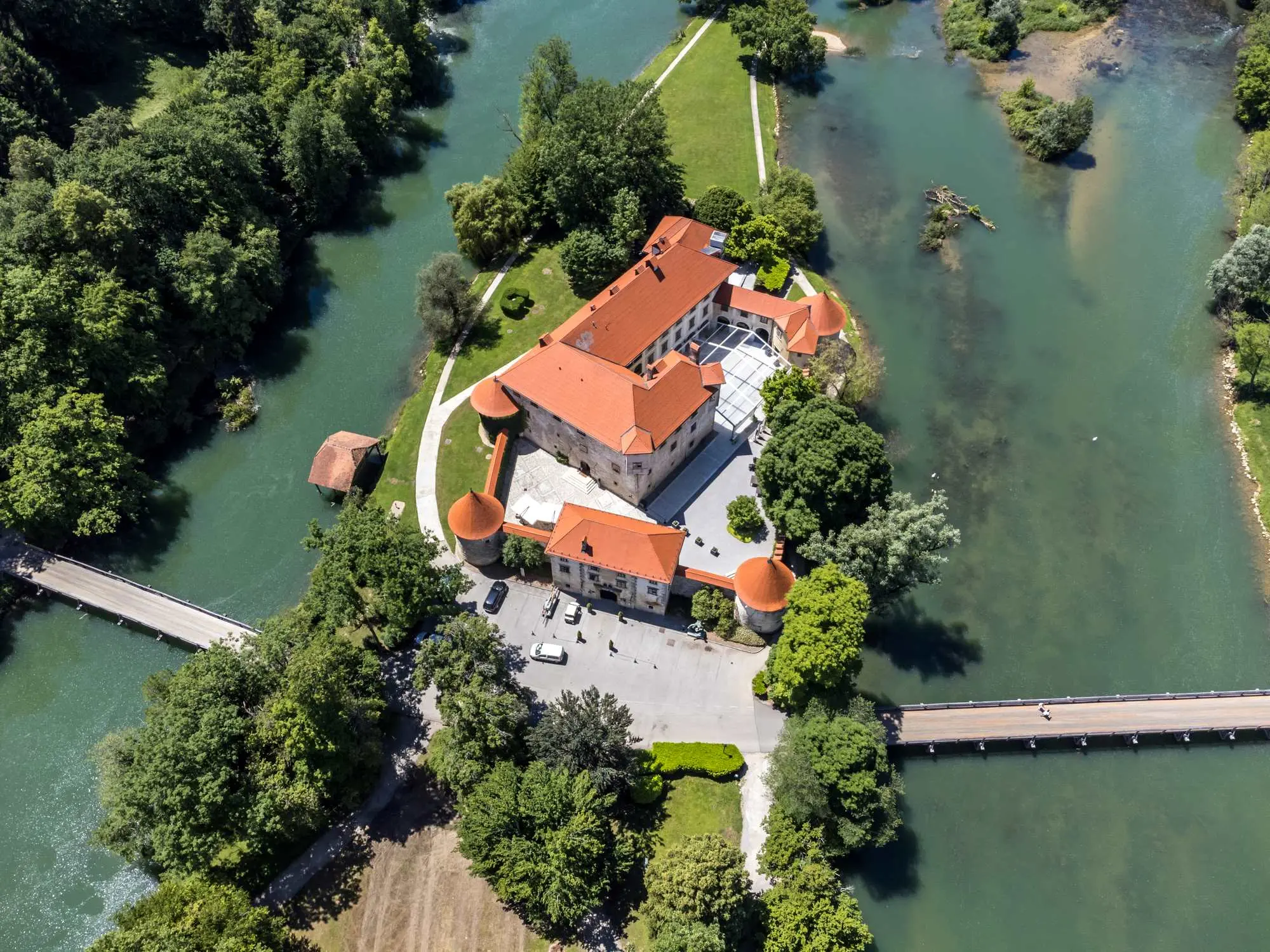
Otočec castle, Photo: kasto, Depositphotos
In addition to historical sites, Novo mesto also offers natural beauty that attracts lovers of active holidays. Surrounded by gentle hills covered with vineyards, the city is famous for its indigenous wine Cviček, which is produced in this region and is an indispensable part of the local gastronomy.
Whether you are exploring history, enjoying cultural events or relaxing in nature, this city offers a wealth of content for every visitor. Visit it!

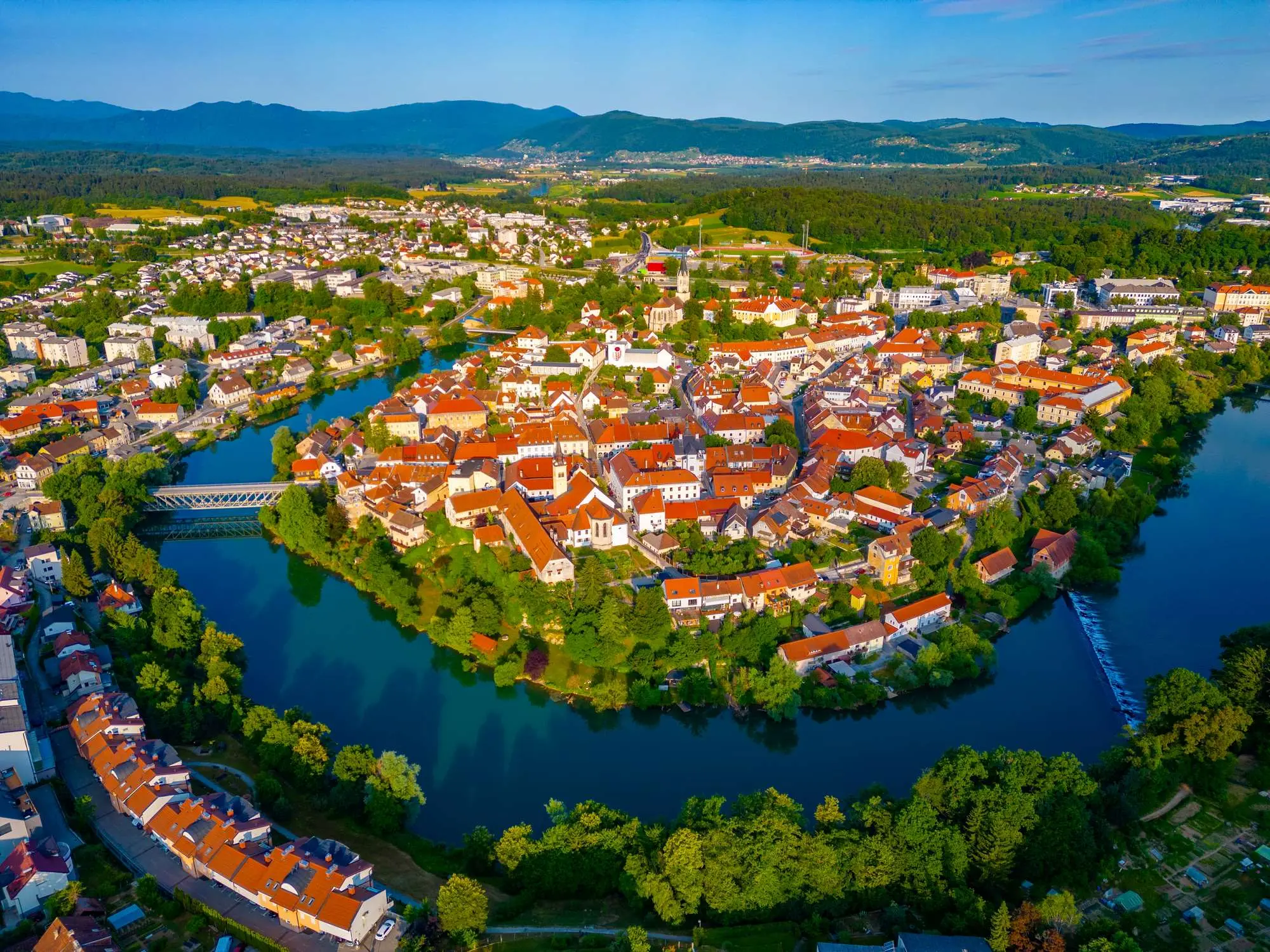
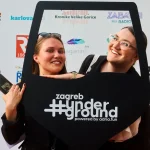
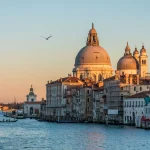
Leave a Reply